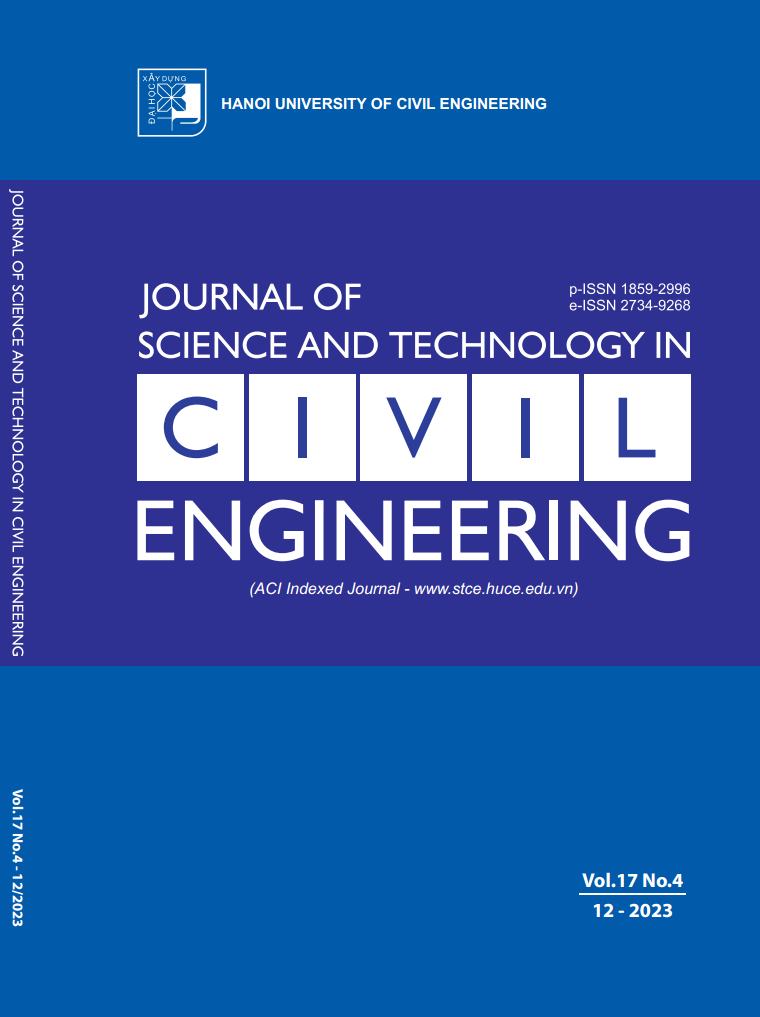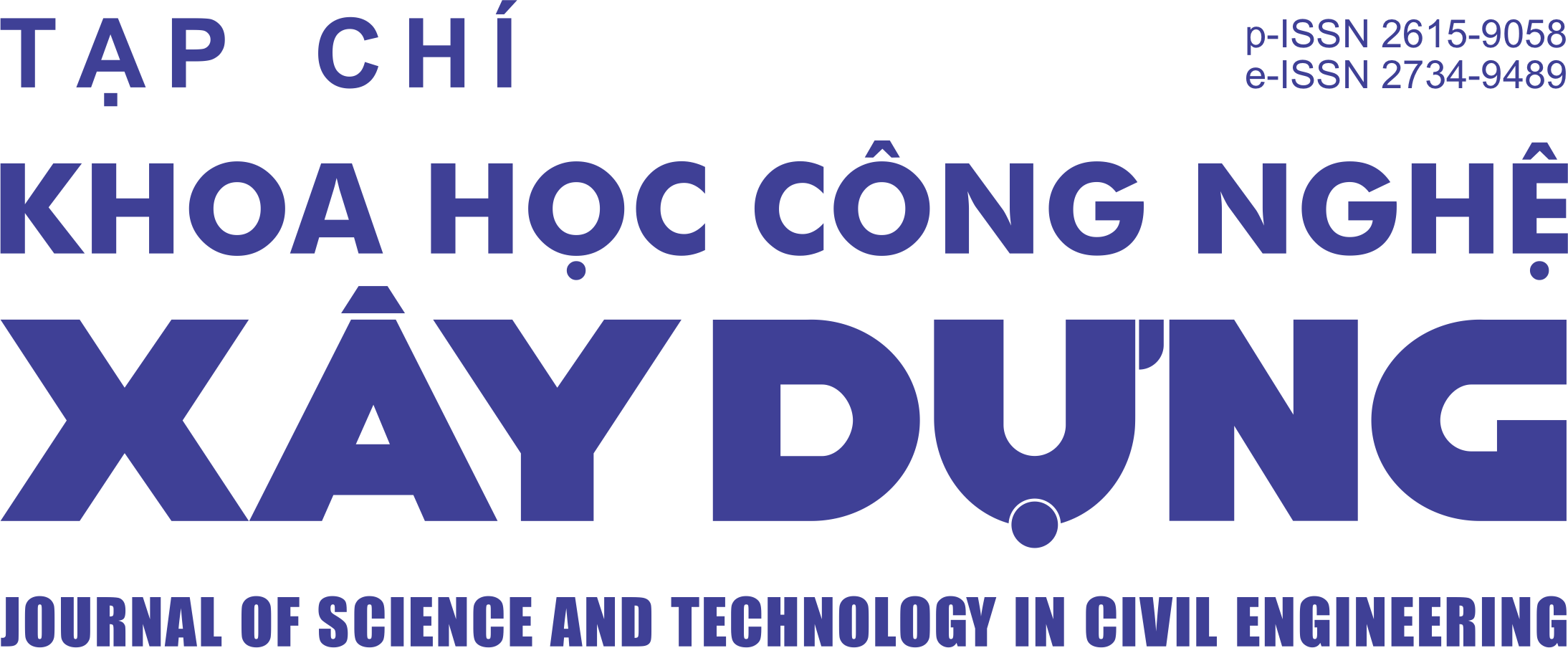Renovating outdoor space of public schools in Hanoi towards green building criteria
Abstract
Developing outdoor spaces of schools towards green building criteria not only provides better learning and recreational conditions for pupils but also educates young generation about environmental conservation and
sustainable development. In addition to new construction, renovation of existing outdoor spaces can expedite
the realization of these values while optimizing resource use. This paper explores the potential of outdoor
landscapes in public schools, ranging from primary to high school levels in Hanoi, with a particular focus on
schools in need of renovation. The aim is to harness this potential to meet the increasingly urgent demands for
green development. Contributing to this direction, the paper applied inheritance method to synthesis published
research findings and applied observational methods to assess the current situation of outdoor spaces at public
schools in Hanoi, which served as the basis for identifying research issues. Practical experiences were analyzed
and summarized in this paper to propose suitable solutions. Throughout the research process, three main green
building criteria were identified: natural cooling and lighting; outdoor air quality and vegetation; sustainable
water and stormwater management. Together with this result, analyzing the actual investigation data of Hanoi
public schools helps the research team identify the renovation requirements. To meet these requirements and
align the three main green building criteria, four solution groups were proposed for typical cases: sunshade
enhancements, vegetation improvements and upgrades, drainage systems enhancements and water reuse, and
solutions to reduce the urban heat island effect.
Downloads
Copyright (c) 2023 Hanoi University of Civil Engineering

This work is licensed under a Creative Commons Attribution-NonCommercial-NoDerivatives 4.0 International License.
1. The Author assigns all copyright in and to the article (the Work) to the Journal of Science and Technology in Civil Engineering (JSTCE) – Hanoi University of Civil Engineering (HUCE), including the right to publish, republish, transmit, sell and distribute the Work in whole or in part in electronic and print editions of the Journal, in all media of expression now known or later developed.
2. By this assignment of copyright to the JSTCE, reproduction, posting, transmission, distribution or other use of the Work in whole or in part in any medium by the Author requires a full citation to the Journal, suitable in form and content as follows: title of article, authors’ names, journal title, volume, issue, year, copyright owner as specified in the Journal, DOI number. Links to the final article published on the website of the Journal are encouraged.
3. The Author and the company/employer agree that any and all copies of the final published version of the Work or any part thereof distributed or posted by them in print or electronic format as permitted herein will include the notice of copyright as stipulated in the Journal and a full citation to the Journal as published on the website.







